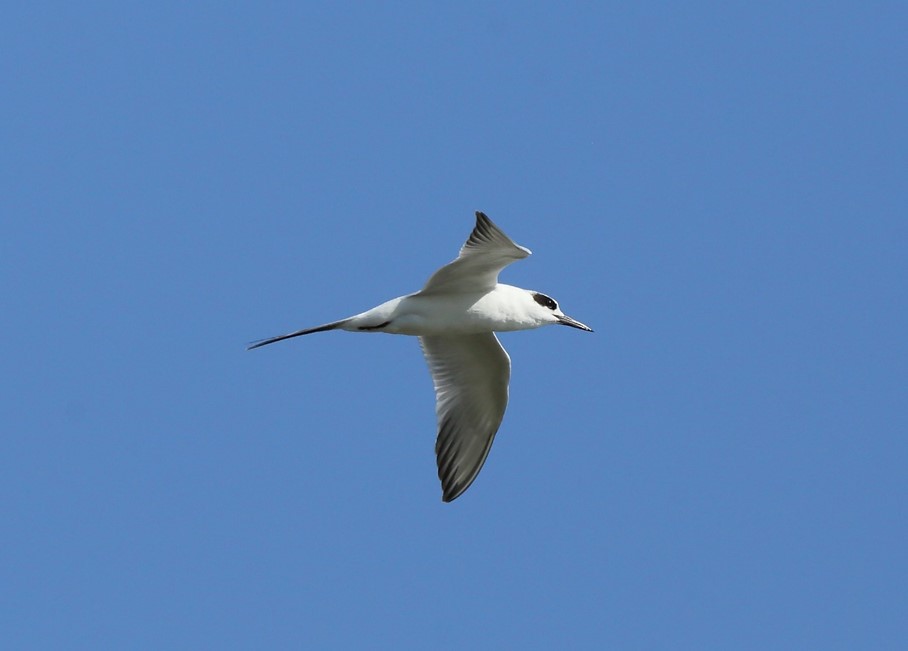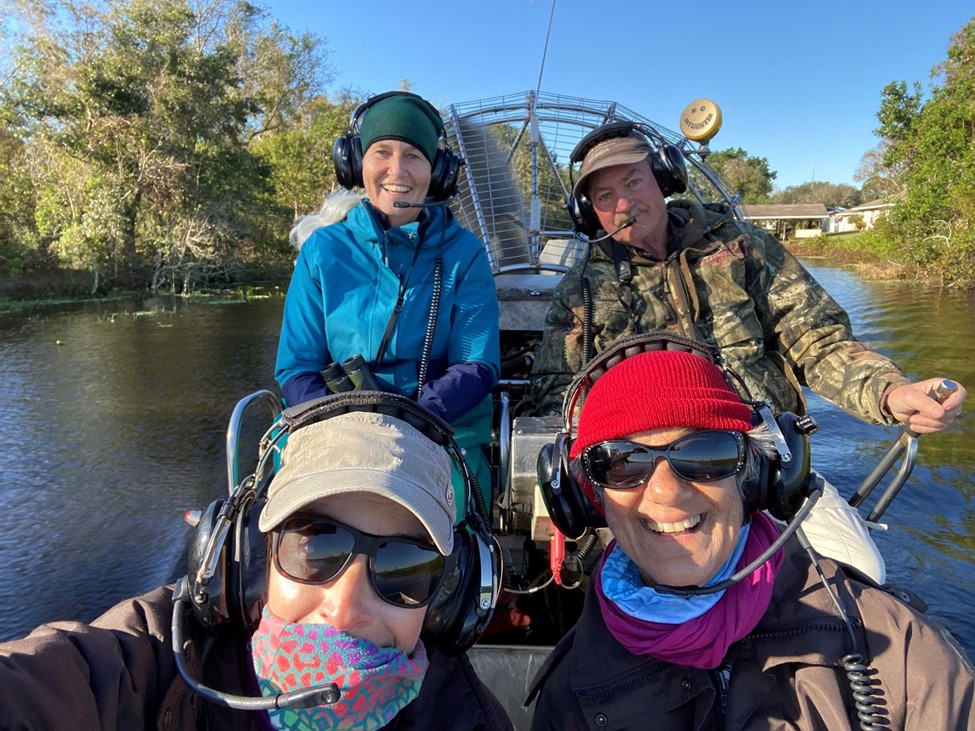
Author: Emily Angell
On December 19, 2022, twenty-one determined birders awoke well before dawn and journeyed forth in search of every bird they could find; this was the start of the 34th annual Lake Placid Christmas Bird Count. The enthusiastic birders set out to spot as many species of bird as they could, and count every individual of each species, within a 7.5-mile radius circle, the center of which is near downtown Lake Placid. Nine different teams covered as much of the area as possible, driving back roads, slogging through wetlands, scanning lakes, peering into treetops, and listening with their keen ears.
The count has been on a two-year hiatus, largely due to the pandemic and participant turnover. Emily Angell, Archbold Research Assistant, decided to start it up again. “The Lake Placid Count was started in 1987 by Dr. Glenn Woolfenden, former Archbold Avian Ecology Director. I’ve participated in this count in the past and thought it would be a shame to let it go by the wayside. It used to be one of the highest inland counts east of the Mississippi River,” says Angell. “Last year, 82 counts took place in Florida alone, and I think ours is pretty special.”
Participants counted more than 16,000 individuals of 123 species of birds over the course of twelve hours, including eight species of ducks, ten species of heron, sixteen species of owls and raptors, eight species of shorebirds, seven species of woodpeckers, and six species of warblers. One highlight was the addition of a single Gull-billed Tern, a new species for the count, found by Patrick Blake. In the past, the Lake Placid count has observed between 118 and 155 species, depending upon weather conditions, water levels, and the number and expertise of participants. “It wasn’t a great year for warblers or ducks,” Angell mused.

“I’ve recently heard the Christmas Bird Count referred to as ‘endurance birding,’ and that’s exactly what it is,” says Angell. “We go from before dawn to dusk, always chasing that next flock, always looking for that rarity we can share with the group later.” After the count, several participants gathered back at Archbold for some well-deserved dinner and a rehash of the day’s highlights. “The best part is hearing what everyone found. There are always some great stories, like the group who spied a Great Blue Heron that had killed and was eating a Belted Kingfisher. We all debated over whether or not to count the kingfisher, since it was technically alive at the start of the count,” laughed Angell.
According to Angell, “the count couldn’t have happened without the cooperation and help of the Highlands County Audubon Society, local landowners who allowed access onto their properties, and of course all our fantastic and dedicated birders! We had participants who have done this count for decades and many that were brand new. It was such a great mix of people and I’m grateful for their hard work.”
The original Christmas Bird Count was started in 1900 by an intrepid ornithologist who decided to count, rather than shoot, birds (as was the tradition), and is continued to this day through the National Audubon Society. It is one of the longest-running citizen science projects in the world. Hundreds of counts, which run from December 14 to January 5, take place annually across North America. Data collected during counts contribute to assessing the long-term health and status of bird populations and can help guide conservation actions.
